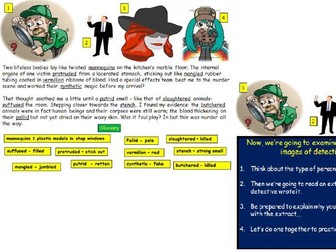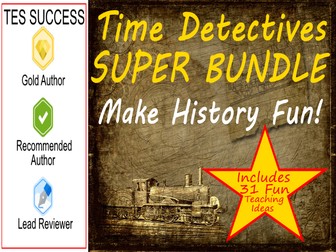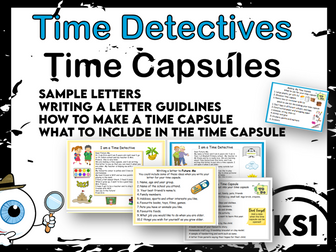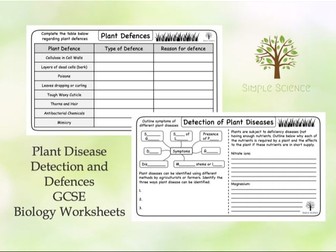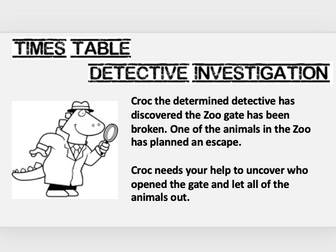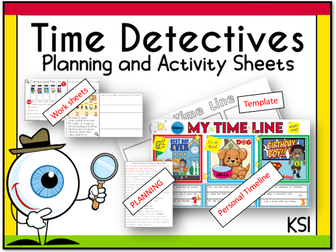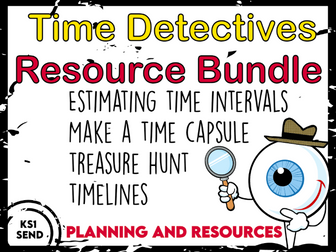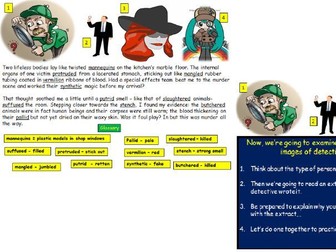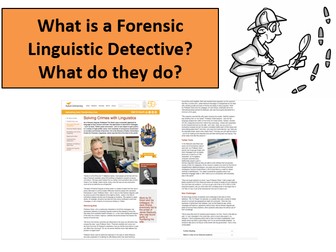Detective Fiction SOW - KS3 English
<p>This is a bank of 26 lessons (or more depending on the time provided for the two writing tasks) that explore detective fiction using extracts from Agatha Christie and Arthur Conon Doyle. There is also one extract from Wilkie Collins’ “Woman in White” as this is a useful SOW to proceed the teaching of novel, “The Woman in White”.</p>
<p>Each lesson contains:</p>
<ul>
<li>a thinking starter</li>
<li>a thinking plenary</li>
<li>a writing or reading task (including poetry)</li>
<li>group work, paired work or individual work</li>
<li>open ended tasks where more able students can be extended while those in need of differentiation can also be supported using the numerous resources provided</li>
</ul>
<p>The writing tasks in the unit are based on writing a detective story and a film review of the Sherlock Holmes film.</p>
<p>The students are also given the chance to compare and contract TV detectives from the UK and America and extracts from Perry Mason and Murder She Wrote are hyperlinked for easy use.</p>
<p>There is a workbook to accompany the SOW - sold as a bundle with this SOW and separately</p>
<p>Enjoy!</p>
